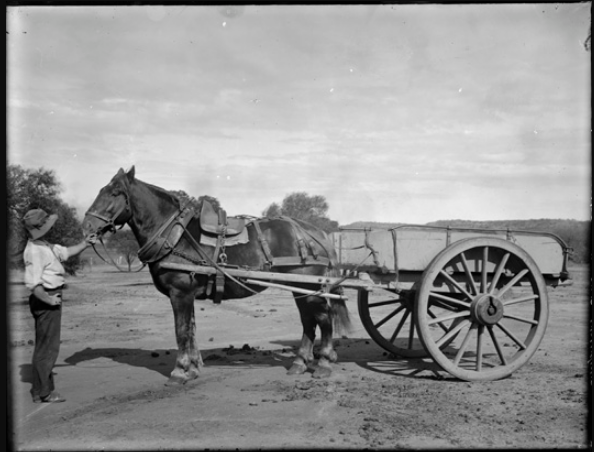Suffolk Punch
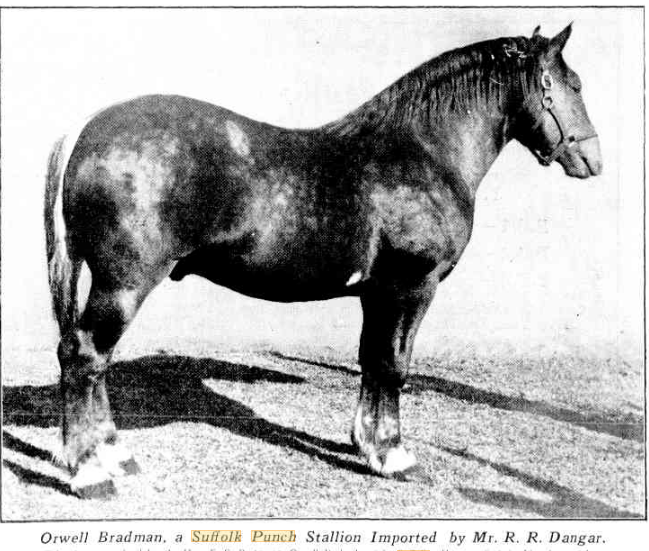
Background Breeds
Janet Lane on Waler Data Base @ Facebook. Image: Orwell Bradman, Sydney Mail, June 1932.
The Suffolk Punch (now critically endangered) is a founding breed of the Waler. Mostly newspaper photos for this post, apologies for quality.
A loveable breed! Developed to work in the heavy soils of Suffolk, England, a clean legged draught. All are chesnut (the breed bodies traditionally spell the colour thus). Almost no white, a facial marking on some.
Head of Suffolk Punch stallion, 1911. R. Douglas Fry
Fry was born and raised in Suffolk. As an adult he came to live in Australia for years. He was a truly fabulous horse artist, and good friend of the Lindsays (Lionel and Norman, Australian artists).
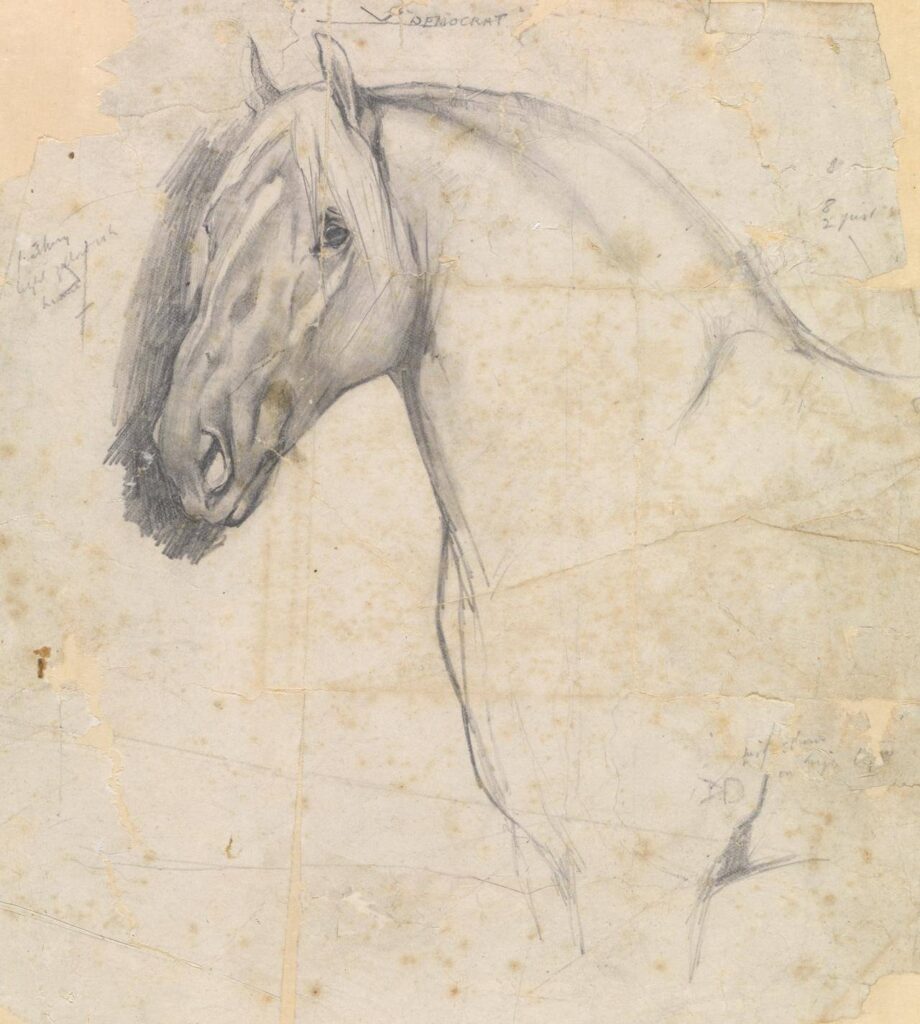
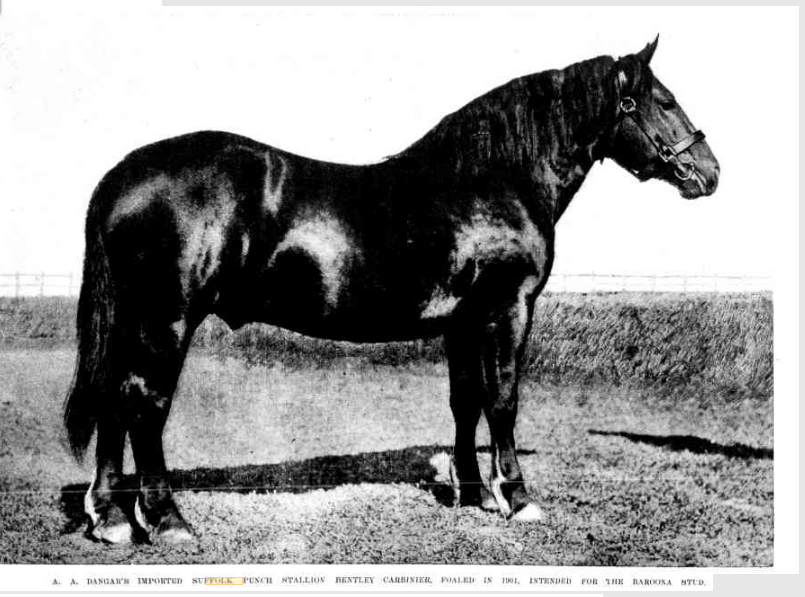
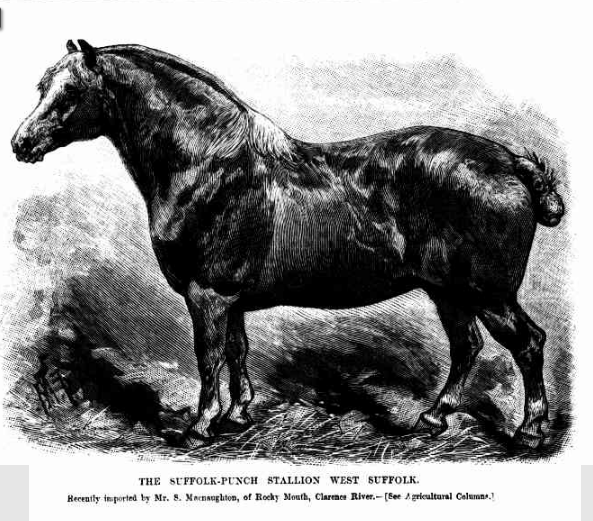
Images: Bentley Carbinier, Sydney Mail & NSW Advertiser, July 1903
West Suffolk, Sydney Mail & NSW Advertiser, August 1887
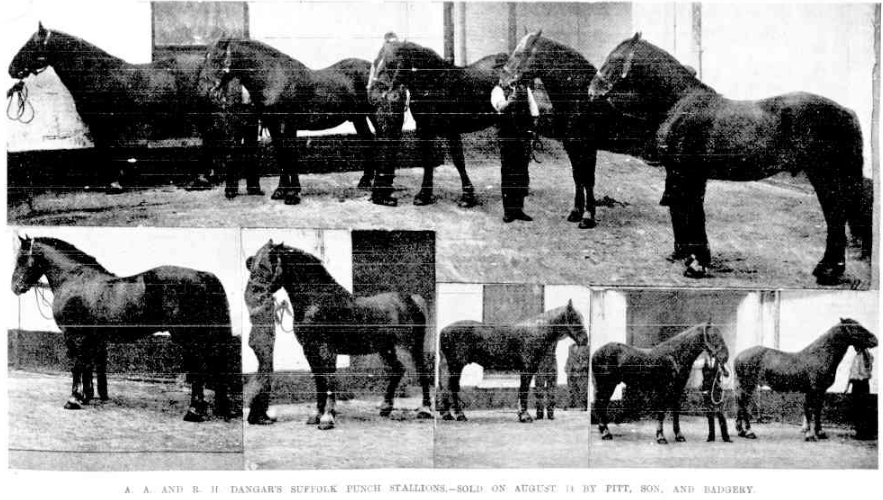
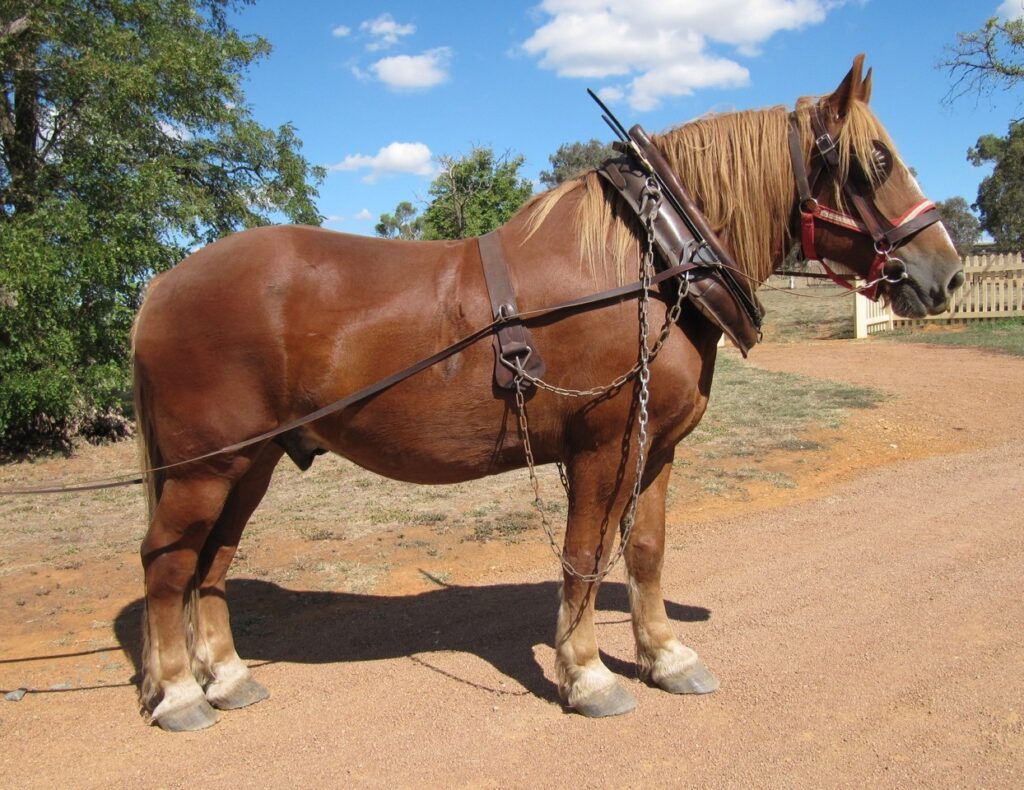
Nash, pure registered gelding, 18.3hh, 980kg, the original farm tractor. Mares were used to give bone to the ‘weedy’ Australian stock in the late 1800’s. “The Face of an Angel, Body of a beer barrels and bum of a farmer’s daughter” -traditional quote. Richard Crispin @ Facebook 2020.
Traditionally it was said you could push a wheelbarrow between their front legs and out between the hind legs – they stood four square, equally at home in harness on the road as working in the paddock. Front and back end power.
The chief stud in Suffolk, Colony Stud, was used to train young men in horse work so they could gain employment in the colonies – mostly Australia.
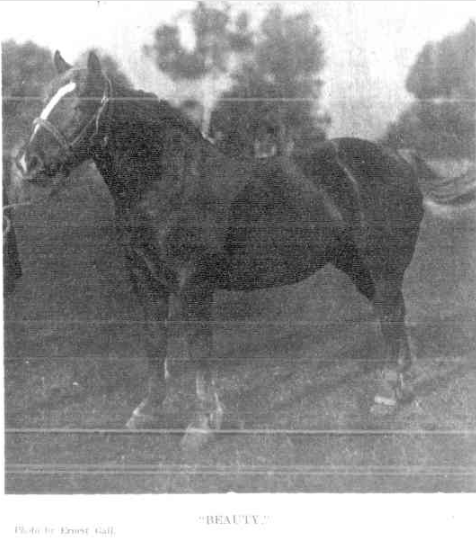
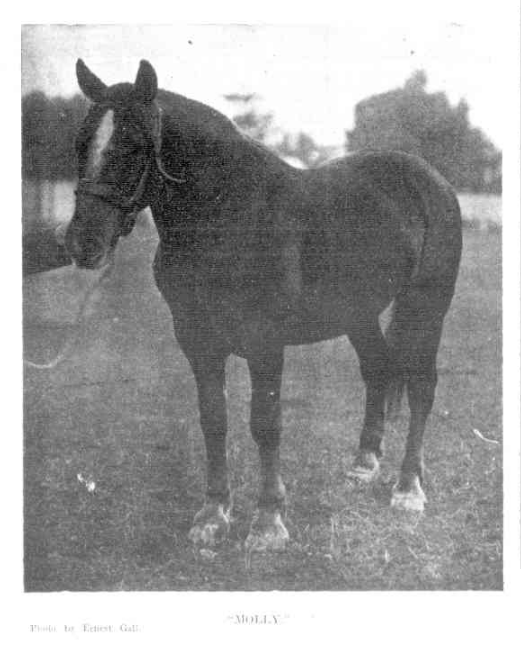
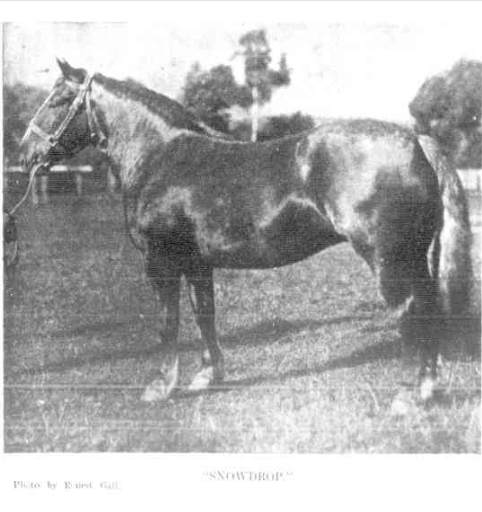
Images: Mares Beauty, Molly and Snowdrop, imported by George Brookman, Observer, Adelaide, June 1905
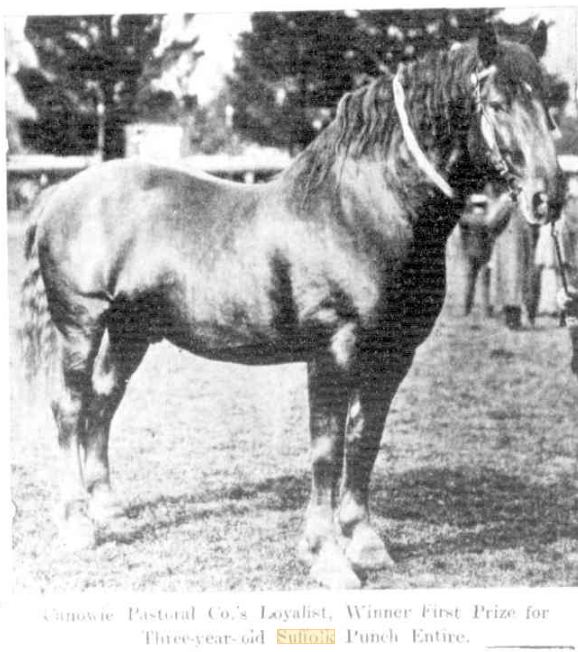
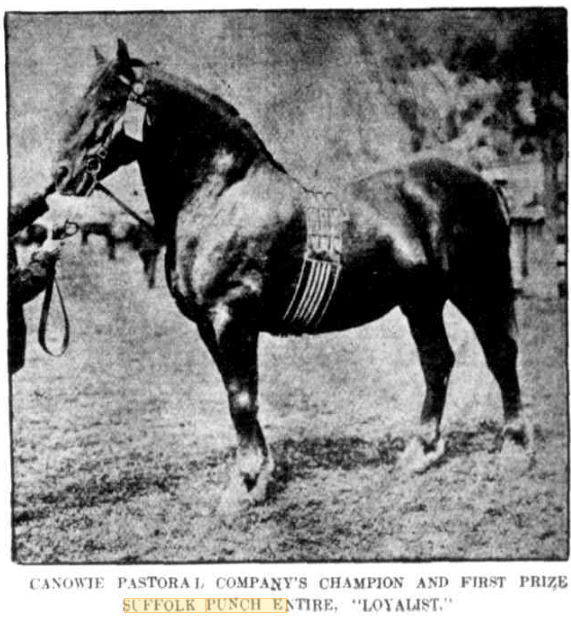
Images: Stallion Loyalist. Observer, Adelaide, September 1905 and September 1906
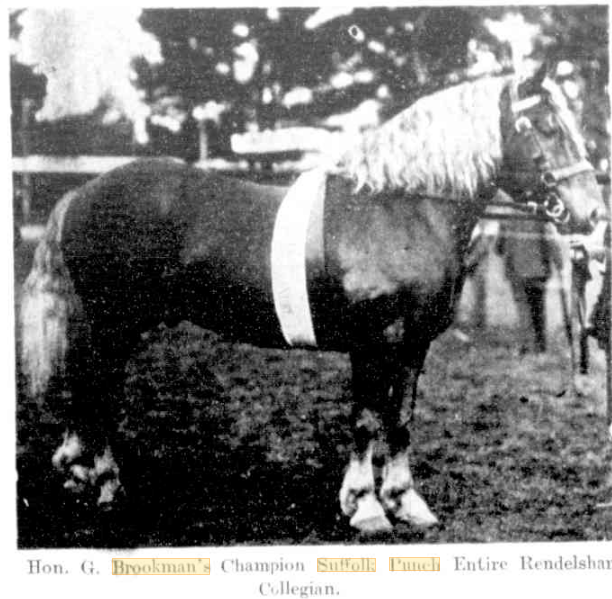
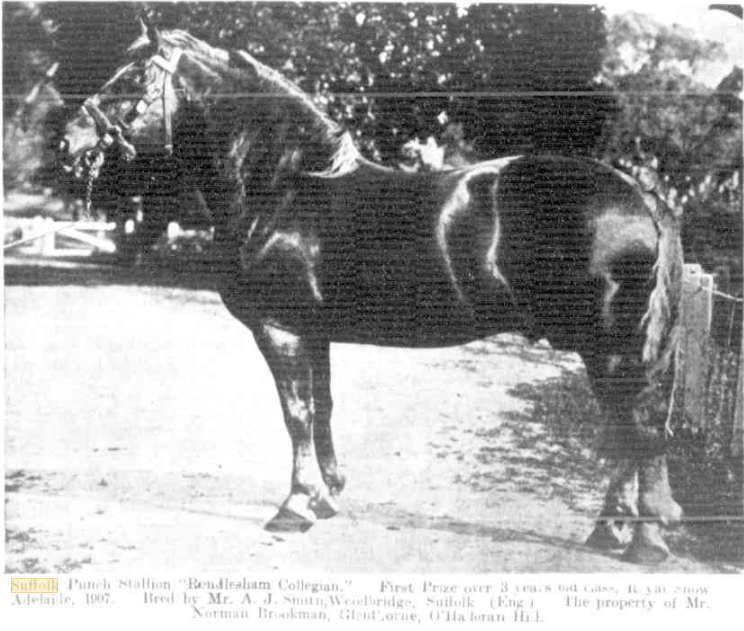
Images: Stallion Rendlesham Collegian, Observer, Adelaide, September 1905 and November 1907
Popular in Australia, particularly for crossing, many were used to breed India horses by people like that amazing man Alf Cotton of Queensland, who owned many Suffolk Punch stallions. The Dangar family who had extensive properties, had many Suffolks too – A.A. (Albert Augustus) Dangar being the main Suffolk man in Australia for decades, the greatest breeder ever of the Suffolk Punch. He held big annual sales at his stud, Baroona. His father had brought the breed here early on and his brother also bred them. They were crossed for active, powerful utility horses. Both pure and crosses were used for artillery.




When did they first come to Australia? Uncertain – certainly very early. In 1821 a stallion named Britain with two mares, described as cart horses of the Suffolk breed, arrived on the Minstrel in Hobart Town. By 1825 “Government Sam”, a Suffolk stallion, was frequently advertised at stud in Hobart. By the 1850’s they were standing at stud in all states.
Strong, clean legged, exceptionally good doers, adaptable to climate conditions, beautifully natured, Suffolks went far and wide including to the Territory to breed India horses. Another fabulous ancestor of the Waler.
Suffolk Punch on the Chapman State Farm, circa 1908, State Library WA.
Also known as the Chapman Experiment Farm, established in 1902 this was another great government farm where livestock, crops and machinery were trialed, a huge help to farmers. The Chapman Valley is a large area north and nor-west of Geraldton.
They bought the best breeding horses and this helped locally with improving working horse lines. A tremendous lot of wheat varieties were trialed there, and grasses including African species; good horses needed. Lots of sheep and goat breeds tried too. Cattle too.
